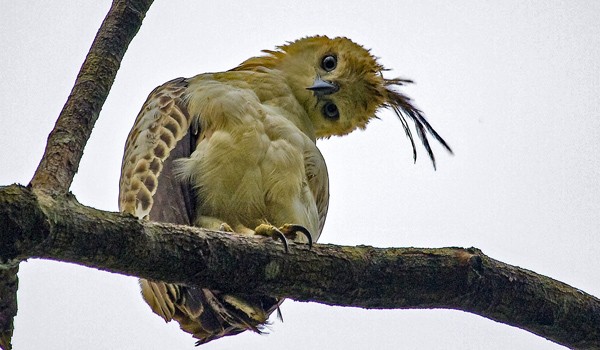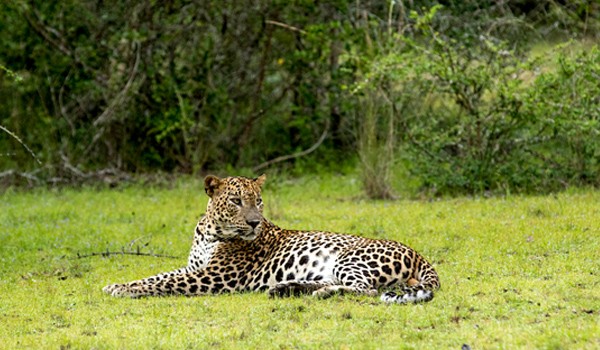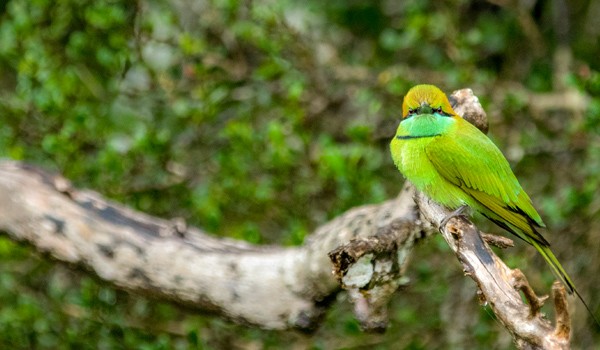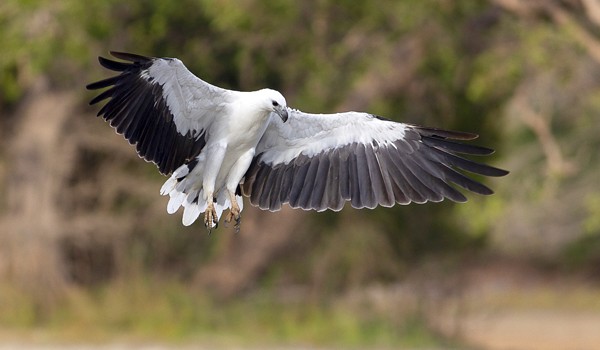Wilpattu National Park is the largest national park in Sri Lanka, approximately 185km from Colombo and situated in the northwest coast of the country on a lowland dry zone. Away from large crowds, Wilpattu National Park is a wonderful place for great sightings including Sri Lankan leopards and sloth bears.
Covering an area over 131,000 hectares of land, Wilpattu National Park is majestic and inviting. The park got its name based on the topography, meaning land of 10 lakes (Will = Willu – meaning natural lakes, Pattu – meaning ten in Tamil language). Today there are over 100 natural lakes creating unique habitats for animals that make this park their home. The average temperature is 27°C and mostly dry during the year except for the rainfall received from inter-monsoons in March and north-eastern monsoon between December to February. The park is recognized as a Ramsar wetland* and protection of habitat is a current concern. (*International treaty for conservation of sustainable use of wetlands.) The ecosystem of the park is diverse with salt and freshwater lakes, salt grass, low scrub monsoon forests and tall trees such as Palu, Satin, Milla, Weera and Ebony. The complexity of the topography makes excellent grounds for sightings.

The park is popular with wildlife enthusiasts for being less touristic and for quiet, relaxed game drives. Over the recent years Wilpattu National Park gained a fine reputation for sightings of Sri Lankan Leopards, especially those that are less disturbed by visitors. As a result, many sightings have been in close proximity on sandy beaches around the lakes or on the main roads. This has been quite an advantage to visitors as the park does not have an extensive network of roads. The park is well reputed for sightings of sloth bears, especially during the months of June and July when Palu trees fruit. Palu fruits are a favourite with sloth bears for its sweet flavour. However excess consumption of the fruit can be intoxicating. During this period, you will often find sloth bears lying by the side of the road rather intoxicated and drowsy and not so much in their usual senses. The park is equally great for birders.

Wilpattu National Park has an interesting history. According to Mahavamsa (Great Chronical – an epic poem written in the 5th century BC related to Sri Lankan history), Prince Vijaya, considered as the first king of the Sinhalese race, arrived in Sri Lanka from Bengal/Odisha in India in 543 BC and landed on Kudiramali point with his followers which is now part of Wilpattu National Park. There are signs of human habitation including the urn burial grounds excavations in Pomparippu area inside the park. An isolated fishing community still resides in the Kudiramali area. Safaris are paced out and leisurely as the park remains lesser-visited than its counterpart Yala National Park. This is a significant advantage for wildlife enthusiasts with good sightings of animals. Safaris are conducted in front-open Toyota jeeps that have been converted to obtain best possible viewings. One of the unique features of game drives in this park is the close encounters with bigger mammals such as sloth bears and leopards.

The park opens for morning safaris at 6.00 a.m. and closes at 6.00 p.m. for visitors. The general preference is a 3-4 hour morning game drive and 3- 3.5 hours for afternoons. Wilpattu National Park is one of the few national parks that are worthy of a full day safari due to its size and complexity. Full day safaris are ideal for photographers and birders. A full day safari includes a picnic lunch inside the park. A trekker from the Department of Wildlife accompanies guests on each safari. There are instances that a naturalist accompanies the guests especially with upmarket accommodation/ tented safari camps. Accommodation options are limited around the park with a few upmarket tented accommodations. The rest of the options are small, rustic lodges. As the park is in close proximity to Anuradhapura (30km) in the Cultural Triangle, it is possible to travel from Anuradhapura for a game drive.

We have had a number of memorable experiences in Wilpattu National Park. We witnessed a rare sighting of two young leopards, one on top of tree and other on the main road growling at each other in the process of establishing their own territories. Another time we saw a male leopard effortlessly walking towards our jeep spraying and marking his territory. This continued for almost 20 minutes as we reversed the jeep while he ignored our presence and continued to walk in the middle of the road. Afterall it was his territory and not ours. A few times we have met sloth bears on the main road less than 30 minutes into the safari. Wilpattu National Park is an hour from Anuradhapura. The best way of spending time at the park is by including it early in an itinerary when you arrive in Sri Lanka or at the end of the itinerary before heading to the airport. A two-night stay near the park is a good choice for any wildlife enthusiast as the park has a lot to offer.

Here are sample itineraries for wildlife tours of Sri Lanka featuring Wilpattu National Park. Click below to read more about safaris in Wilpattu or get in touch to receive a detailed, tailor-made itinerary.
Discover the best wildlife experiences Sri Lanka h...
17days/16nights
Wildlife of Sri Lanka
Read MoreA holiday for travellers looking for warm weather,...
13 DAYS/12 NIGHTS
I Need A Tropical Holiday
Read MoreDesigned to showcase some of Sri Lanka’s best heri...
11 Days/ 10 Nights
Sri Lankan Escape
Read MoreA group tour of Sri Lanka for solo women traveller...
Contact us for next tour dates
Sri Lankan Discovery
Read MoreThis 16 day private tour itinerary has been specia...
16 Days/15 Nights
Secret Lives of Elephants in Sri Lanka
Read MoreAmazing trip! We absolutely loved it. Sri Lanka is now a country we would definitely like to go back to and explore further.Thank you so much for all the work you did in putting the trip together for us. It was a great mix of places for us to get a good feel of the country. We will be encouraging all our friends to go to Sri Lanka.